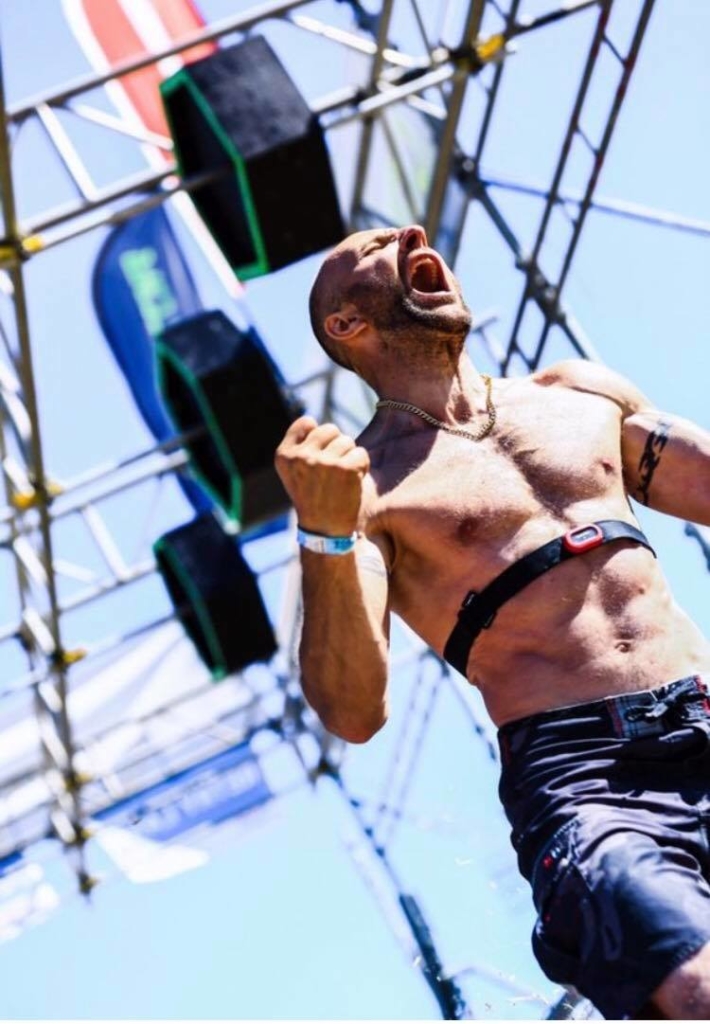
Friday morning in North America we were greeted with an array of comments online about the short course. Reports were coming in that the course was too hard, not really an obstacle race, and basically a bunch of rigs. Looking at the elite men's and women's fields only one female out of thirty-three elite females completed the course with their band. On the men's side only thirteen out of ninety-three males.
Some of the sports top athletes either pulled themselves from the course or lost their wristbands in the process. Which begs the question, what happened? Reports coming over from Europe talked about an obstacle heavy course which comprised of continuous rig obstacles. Many commented the course was more like a ninja course than an obstacle course race.
There is always a fine line in the growing sport of obstacle course racing, finding the balance between a race that is challenging but achievable and an unrealistic race. When races like the OCR European Championships happen, races work together to showcase the best of obstacle racing as a whole. Race companies all want to bring their biggest and meanest obstacles, not only showcasing their own brand but showcasing innovation in the sport. However, what happened last Friday was the result of races all bringing their toughest obstacles without making modifications in order to create a cohesive race that walked the line between tough but achievable.
It should be noted that after the race on Friday the core team went and made course adjustments for the 15K classic course. Which made for a better event overall. However, Saturday had its own controversy this time with timing. Jon Albon crossed the finish line right after Thibault Debusschere, however, due to chip timing (official timing) won the race as Albon stepped over the mat after Debusschere.
What lessons can be learned from the last weekend at European OCR Championships?
From an American watching the race from afar, this is mostly armchair commentary and thus taken with its proper grain of salt. Obstacle Course Racing is still young, still finding its balance and place in the sporting world. This weekend reiterated that while the sport has moved to a more organized format many questions still remain. Where do we want to see the sport going? What is the balance between grip-rig style obstacles, versus running, versus strength and power obstacles? How can we find the balance of tough and achievable in championship events?
These are the questions that constantly race in my mind about the future of obstacle course racing. These as well are the reasons I have in the past cautioned about moving the sport too quickly in an Olympic direction. We as a community are still figuring out what we are, the last thing we need to do is push to the Olympic stage without having a solid foundation of what the sport should look like.
Kudos should be paid to the OCR European Championships they pushed the boundaries over the weekend. Friday they pushed over the edge but made adjustments and came back with a better event on Saturday and Sunday. Producing an obstacle course race is difficult and a world-class championship can be even more challenging. My hope is the entire obstacle racing community can take a note from the past weekend and start to ask themselves what is the edge of what we should expect athletes to complete and how can we continue to progress the sport for the betterment of everyone.